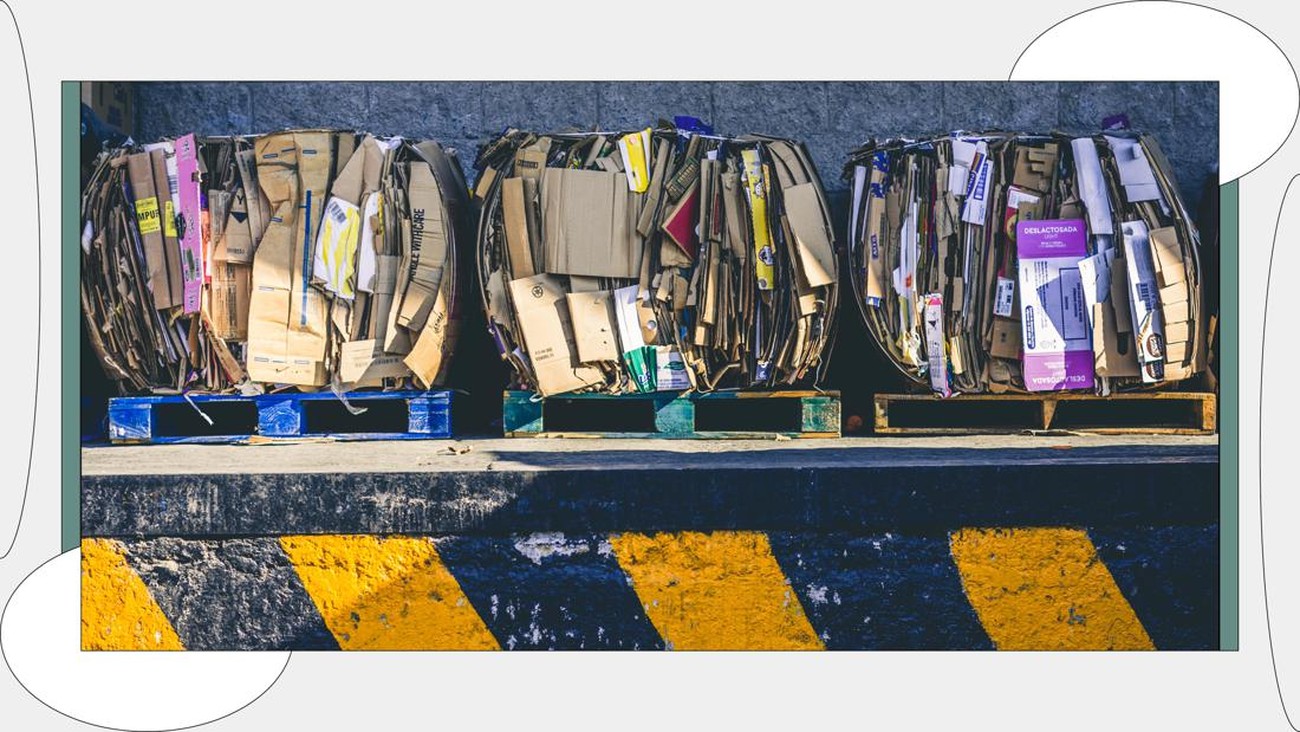Digital devices-such as phones, laptops, speakers, printers-are increasingly being designed to be discarded after use. The rise in electronic consumption throughout the world is causing more problems for consumers and the environment than we could have imagined.
What is e-waste and why is it a problem?
The rising digitalization pushes people to buy more and more digital and electronic devices. However, with the rapid development of new technologies, we kept buying new devices and discarding old ones. Electronics usage is increasing, which has two primary negative environmental consequences. For starters, it considerably increases mining and purchase of resources required for gadget manufacture. Second, abandoned gadgets generate a significant amount of electronic waste or e-waste. E-waste is defined by the United Nations as any abandoned product with a battery or plug that contains poisonous and dangerous compounds like mercury, which can represent a serious risk to human and environmental health.
Electronics have always generated waste over the years, yet, the amount and speed with which it is discarded has risen dramatically in recent years. In 2021, Indonesia is expected to produce around 2 million tonnes of e-waste, the largest in Southeast Asia. According to The Atlantic, toxins from electronic waste can permeate the land and water systems if they are not properly disposed of.
How can we address the e-waste problem?
According to Ramdhani, a Professor in Extractive Metallurgy and Metals Recycling, Swinburne University of Technology, if we can recycle e-waste, it can provide economic potential for Indonesia. E-waste contains toxic components that must be treated and confined, as well as valuable metals including copper, gold, silver, platinum, palladium, and other valuable metals for everyday technology. However, due to the complexity of the resource and the necessity to control the dangerous materials, sustainable and ecological-friendly recycling and recovery of valuable metals from e-waste are not simple.
Another feasible option is for manufacturers to assist by sponsoring the creation of e-waste recycling facilities in developing countries rather than using them as disposal sites. The most popular way of recycling and recovering valuable elements in Global North nations such as Belgium and Germany is through integrated chemical operations in which e-waste is sent to large centralised smelting facilities. E-waste is mixed in with the production of basic nonferrous metals including copper, lead, and zinc. Hazardous elements are easier to control in such large operations. Indonesia-being an archipelago-makes using the same centralised paradigm challenging. Fortunately, a number of smelters have already been established on several islands around Indonesia as part of a larger recycling system and infrastructure. Furthermore, according to Ramdhani, the technical and logistical integration of appropriate technologies to build a comprehensive recycling chain is needed.
Consumer action can only go so far. The Atlantic article by Ahmed also suggests that Governments must control electronic waste, as well as the firms who manufacture consumer devices for profit. Yet, everyone can still contribute to the reduction of electronic waste. We as consumers can at least postpone purchasing new technologies until we truly require them. When possible, we can fix gadgets rather than discarding them immediately. We can also resell or recycle our old gadgets after making a new purchase.



